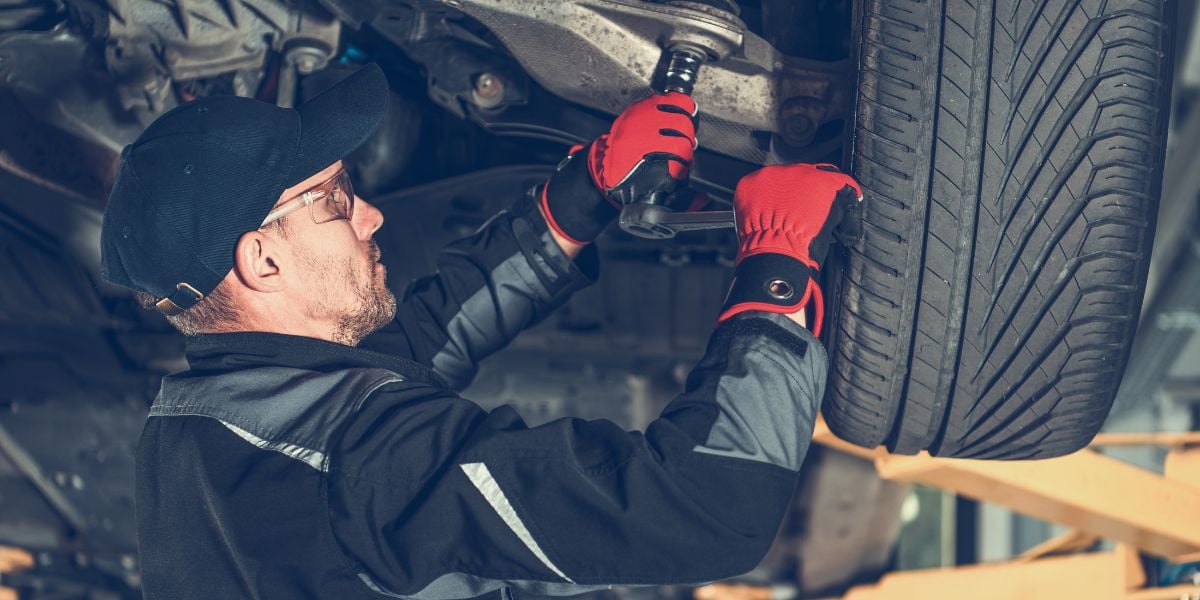Remanufacturing with electric cars, the technology is updating fast
With each passing year, electrification gains traction. As the number of electric vehicles on our roads grows, so does the magnitude of the challenge of realising the full environmental benefits of EVs.
EVs are significantly less simple than their combustion engine predecessors. The complexity of EV battery designs, combined with the lack of a universal framework for EV battery repairs, means that the EV industry as a whole is still grappling with the question of how to maintain optimal EV performance and maximise EV longevity. Addressing these issues will be critical to the success of the EV industry and its role in the future of automotive. In this article, we'll look at how battery remanufacturing can help EVs reach their full environmental and performance potential.
Remanufacturing in the EVs field
Automotive remanufacturing is the process of restoring used auto parts to like-new condition. The remanufactured part is then reassembled and tested to ensure it meets OEM specifications. While an engine can be restored to perfect condition to original manufacturer standards with the proper intervention, the same cannot be said for EV batteries. EV batteries operate on the basis of chemistry, and the formation of each battery initiates an irreversible chemical process that continues for the duration of the battery's life. As time passes, we observe a consistent drop in performance due to a process known as calendar ageing. The other major type of degradation, known as cyclical ageing, is completely determined by how the battery is used. The way an EV is charged and driven has a direct impact on its health, longevity, and susceptibility to failure. Fortunately, this type of ageing is reversible, making it the focus of the remanufacturing process, which aims to restore the battery to peak performance for its age.
There is a widespread belief that EV batteries cannot fail because they lack moving parts in their propulsion systems. Experience has shown that this viewpoint is incorrect, and it is critical to recognise that EV technology is still in its early stages, making it susceptible to design flaws that lead to failure. When these occur during the warranty period and at high rates, it results in a significant warranty cost for manufacturers, who are responsible for ensuring that the vehicle performs as expected. The reputational risks are less tangible but equally important, given the role of dependability in consumer purchasing decisions. As we move beyond the warranty period, remanufacturing becomes increasingly important. Given the prohibitively expensive cost of EV batteries, the entire used EV market is dependent on the availability of solutions to accurately assess EV battery health and, where applicable, address faults in order to restore optimal performance. Without these, it is impossible to quantify the risk of EV ownership, putting the entire model into question.
The steps of the work
When an EV battery fails, it typically affects a small group of cells. Battery technology dictates that a module will only perform to the level of its weakest cell. The implication is that a single faulty cell can degrade the overall performance of a module, even if the other cells continue to function normally. Dynamic testing capability allows it to identify faults at the cellular level, often before they occur. Early intervention is critical in this case, as it prevents the problem from spreading. Once the problem area has been identified, packs can be remanufactured with components and modules salvaged from previous packs. Testing is an essential part of this process, as it provides an accurate way to validate components for absolute reliability. Furthermore, this can be done at regular intervals throughout the vehicle's lifetime to mitigate decline and keep it in use for as long as possible.
The faulty modules
A faulty battery pack would have meant the end of an electric vehicle. Subsequent technological advancements enabled the replacement of packs with new packs, followed by the replacement of modules. While this achieves the desired goal of restoring peak performance, it comes at a high environmental cost. Prior to the development of EV repair and remanufacturing capabilities, failed packs were recycled to extract raw materials for use in new cells, ignoring the residual value of failed packs and the fully functional modules contained within. Against the backdrop of pressing net-zero targets and increased scrutiny of environmental performance, OEMs cannot afford this luxury. Despite the emphasis on EV battery reliability, extending the vehicle's lifespan is far more environmentally friendly than recycling the parts. Simply put, the longer it is in use, the greater the environmental benefits that can be derived to offset the carbon emissions produced during production.
Repairing batteries: a question of skill, timing and costs
Many people claim to be able to repair batteries, but few have the ability to do so quickly, on a large scale, and at a reasonable cost. Even fewer are capable of doing so with the necessary accuracy to eliminate the risk of costly repeat errors. Much of this stems from a lack of testing capability to pinpoint and predict faults at the cellular level. Skills shortages and a lack of trained technicians add to an already difficult and error-prone process. Working with EVs entails inherent safety risks, as well as the possibility of thermal events, which few providers are prepared to handle.
A top tier EV remanufacturing solution
The best global providers have to be capable of meeting the growing demand for EV repair and servicing. Their world-class testing capability enables them to identify errors, often before they occur, before performing a fault-free repair using their patented no-fault-forward repair processes developed over several decades of automotive repair. The end result is a scalable, practical solution that provides a complete picture of battery health and longevity, allowing peak EV battery performance to be restored. These factors are critical for OEMs in managing their risk exposure while instilling confidence in EVs as a viable alternative to ICEs. Their expertise in this area allows them to keep vehicles in use for longer periods of time in order to maximise environmental benefit before considering repurposing or recycling. Adopting this mindset will be critical as the industry strives to reduce its environmental impact. A focus on extending vehicle lifespan must take precedence, and remanufacturing can play an important role in this process.
Source: autocraftsg.com



